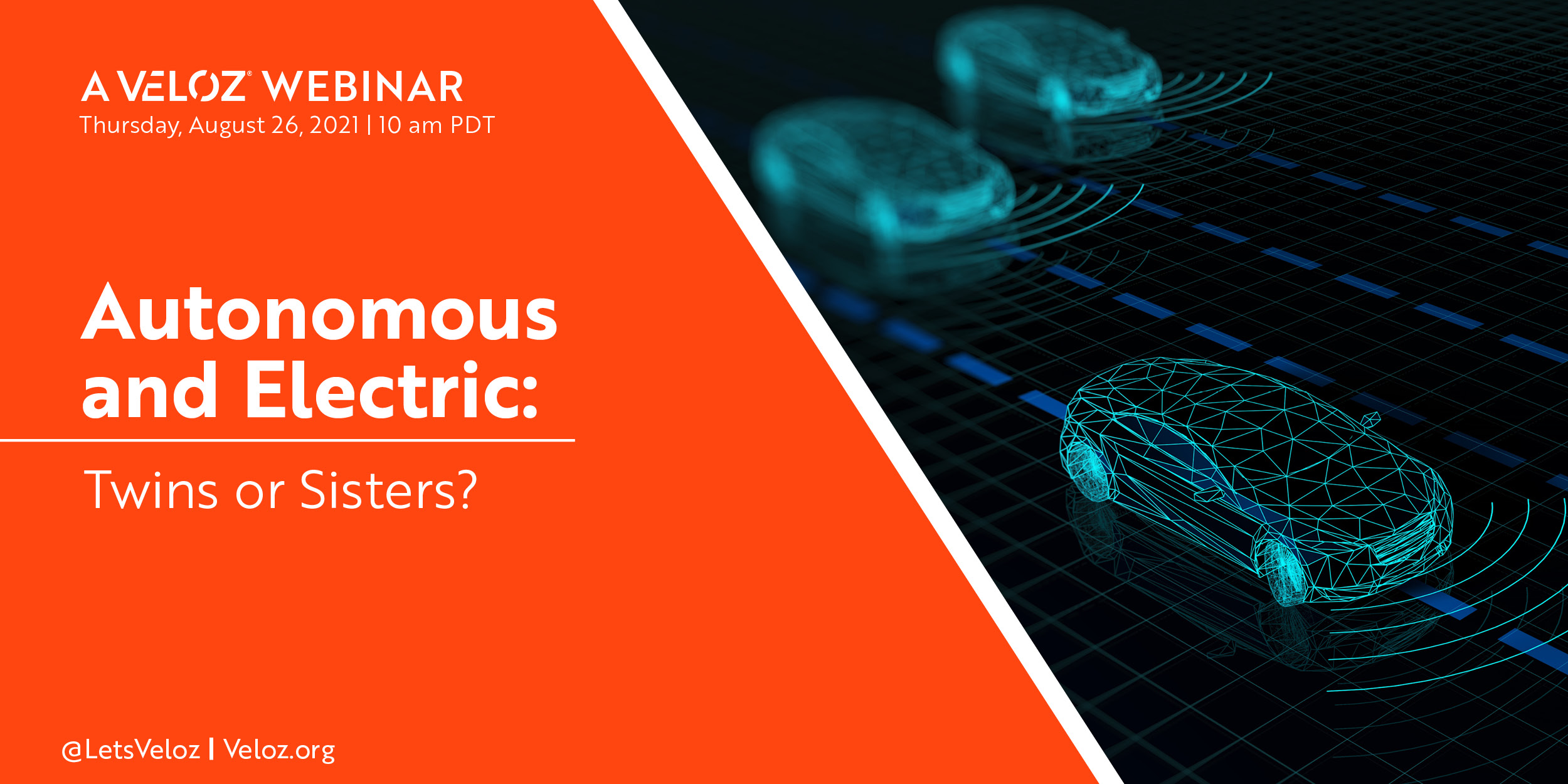Recently the National Highway Traffic Safety Administration (NHTSA) announced it’s launching an investigation into Tesla’s autopilot system. Autonomous driving technology, like all breakthrough innovation, is disruptive and will have setbacks before leaps. The government’s role is to protect the public which, in this case, requires intense scrutiny, as well as incentives and support, for a technology that could provide extraordinary public health and safety benefits. With both public policy and industry leaders at our table, Veloz sits at the nexus of these two, sometimes conflicting, needs.
The Society of Automotive Engineers (SAE) identifies six levels of automation from Level O (that would be you behind the wheel) to Level 5 (that would be a car without steering wheels or pedals or driver). In California, the California Public Utilities Commission (CPUC) and the California Department of Motor Vehicles (DMV) each have a multi-tiered system of permits required before a company can charge passengers for rides in vehicles without a human safety operator.
Aurora, Argo AI, AutoX, Cruise, Deeproute, Pony.ai, Voyage, Zoox and Waymo have all received CPUC permits to test their technology with a human behind the wheel. In June, Cruise became the only company to secure CPUC’s driverless permit, which allows the company to test shuttle passengers free of charge without a human safety operator. Companies must also secure three levels of DMV permits. More than 60 companies have the first permit requiring a human safety operator. DMV’s next level allows driverless testing; AutoX, Baidu, Cruise, Nuro, Pony.ai, Waymo, WeRide and Zoox have secured this permit. The last is DMV’s deployment permit, which only Nuro has secured, allowing the company to deploy at commercial scale. Because Nuro vehicles only hold cargo, it can bypass the CPUC permitting process.
The race to automate, for most if not all companies, is really a race to an autonomous rideshare future, which is also necessarily electric. Why? Pure economics. Veloz rideshare company members, Lyft and Uber, care about the environment but they are very clear that going electric makes smart economic sense. Just as going autonomous means vehicles can clock more miles in a day, so too electric vehicles can travel more miles at less cost than gas vehicles.
And the economics driving fleets to go electric and autonomous will drive down the price for all consumers, according to RethinkX’s 2017 report which finds autonomous electric vehicle (A-EV) fleet transport-as-a service (TaaS) will offer transportation that is four to ten times cheaper per mile than buying a new car and two to four times cheaper than operating an existing vehicle in 2021.
So if we build it, will consumers come? Fear for safety often trumps saving money. In 2016, IEEE surveyed over 400 experts; more than two-thirds said they weren’t ready to pack their kids in a car without a driver. Fast forward to 2021, and a Waymo survey in San Francisco found 62% of respondents would ride in an autonomous vehicle, and 7% already had. Their Phoenix survey had similar results. 56% of San Francisco respondents flipped the safety question, finding an AV had compelling safety reasons: It doesn’t drink and drive. It is never distracted. It follows the rules. Even considering the source, this represents a shift in attitude.
Once cleared for safety, what’s the downside of an Autonomous, Electric (A-EV) rideshare future? Job loss? Negative economic impact?
A recent report from Bloomberg says driverless cars are proving to be job creators, for now. Waymo, Aurora, Zoox, Cruise and Argo AI all use remote human operators who watch screens and communicate with the vehicle and all have plans to increase this workforce. Traditional software companies like Intel are experiencing growth in their autonomous car divisions.
Quarterly sales for Mobileye, Intel’s autonomous vehicle business, were up more than 120% compared to the previous year; a small division, but Intel’s fastest growing.
A-EV rideshare has enormous implications for the economy overall given the impact on consumer savings. Consumer spending is the number one growth driver, and dollars saved on transportation puts more dollars in consumers’ pockets. RethinkX finds transportation savings will result in a permanent boost in annual disposable income for U.S. households, totaling $1 trillion by 2030.
This is all without even mentioning climate. Moving to A-EV ride-hail will reduce energy demand by 80% and tailpipe emissions by over 90%, according to RethinkX. Their numbers are bold, but their logic is compelling.
California is the epicenter of this triple disruption in transportation. Veloz members can play an important role in managing the transition in a safe but expedited way. To join the conversation, tune into our webinar this Thursday, August 26: Autonomous and Electric: Twins or Sisters?
Munni Krishna, our Strategic Partnerships Director, will be moderating a panel with experts from Cruise, Zoox, California DMV and UC Davis Institute of Transportation Studies.



